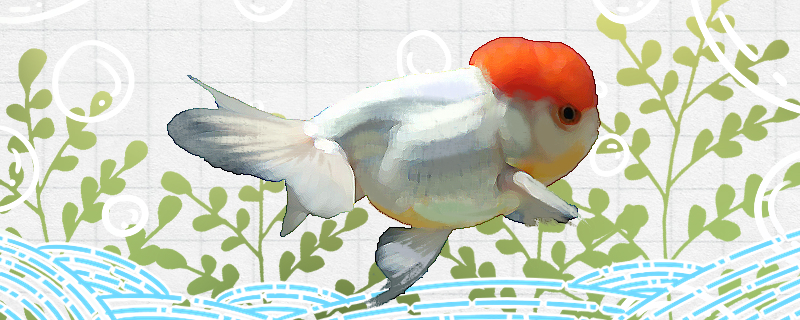Water temperature: Goose head red goldfish does not require high water temperature and can accept water temperature of 10-30 ℃. But the temperature range that is most favorable for their growth is between 22 and 24.degree.C. | | Water quality: They like the water environment with neutral and weak water. They can control the pH value of the water between 7.2 and 7.5. The frequency of changing water should not be too frequent. | | Feeding: They are omnivorous animals, and their favorite foods include tubificidae, aquatic plants, insects, chopped fish and shrimp, etc.

Before
raising goose-headed red goldfish, first of all, the water body should be exposed to the sun for a period of time to remove the chlorine in the water, otherwise it will cause great harm to the fish body. In addition, because they are poikilothermic animals, the body temperature of fish will change with the change of water temperature, so the water temperature can not change too much in a short time, which requires a better heating equipment in the tank. Generally speaking, they are not very difficult to raise. 2. How to raise
goose-headed red goldfish 1. Water temperature: Goose-headed red goldfish can survive in a water temperature environment between 10 and 30 degrees Celsius, but the most favorable water temperature environment for their growth is between 22 and 24 degrees Celsius.
2. Water quality: The most suitable water environment for their survival is neutral water quality. It is enough to keep the pH value of the water between 7.2 and 7.5. In addition, they like to live in soft water, so the frequency of changing water should not be too frequent. In autumn or spring, the water should be changed about once every 10 days, and in winter, the water change time can be extended appropriately.
3. Feeding: They are omnivorous. It can be fed with tubificidae, aquatic plants, insects, chopped fish and shrimp, etc. It can also feed smaller plankton, such as paramecium, and egg yolk crumbs. Feeding 3-4 times a week is fine, because they don't feel full, so too much feeding can lead to death.
 Before
Before